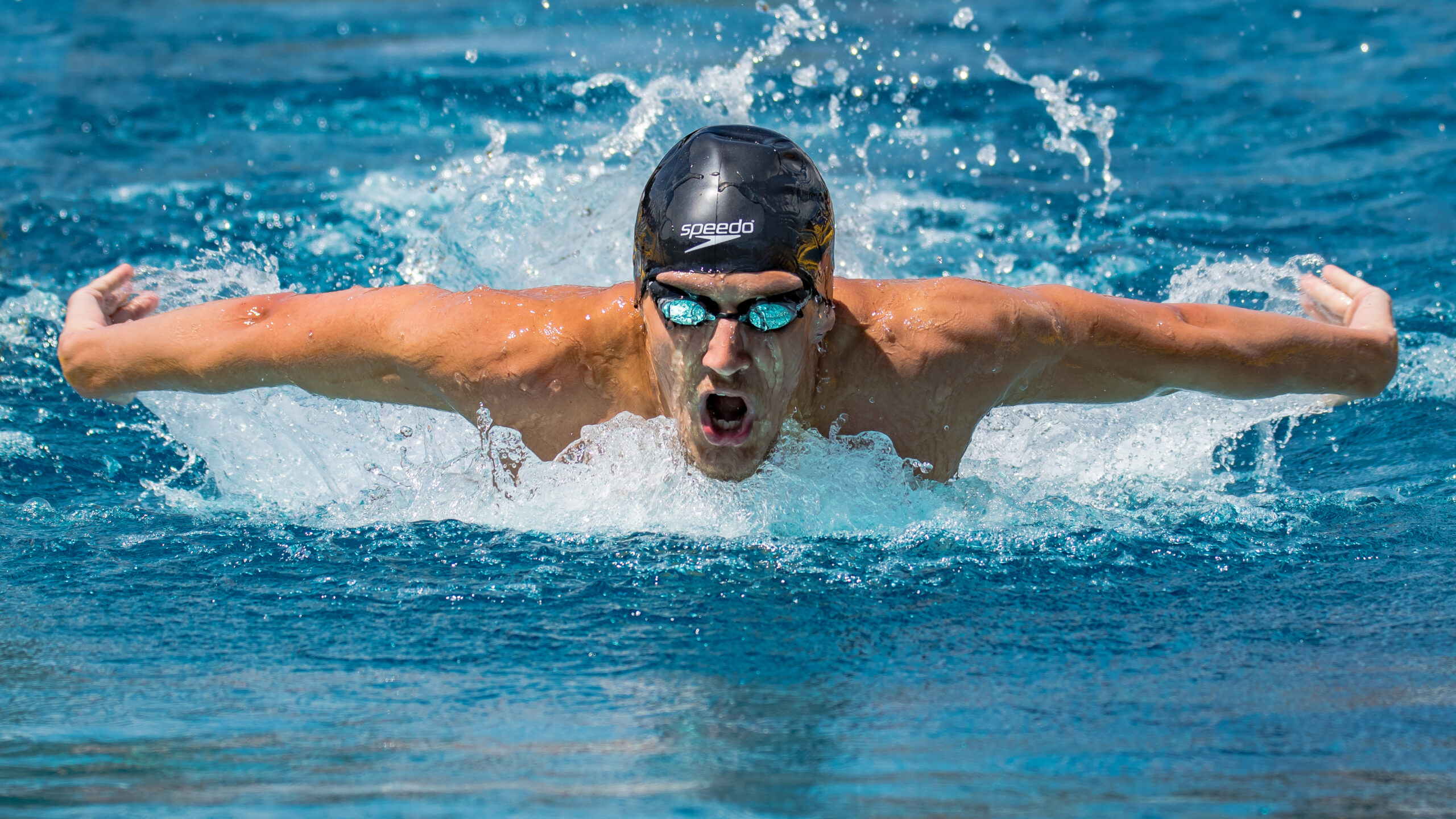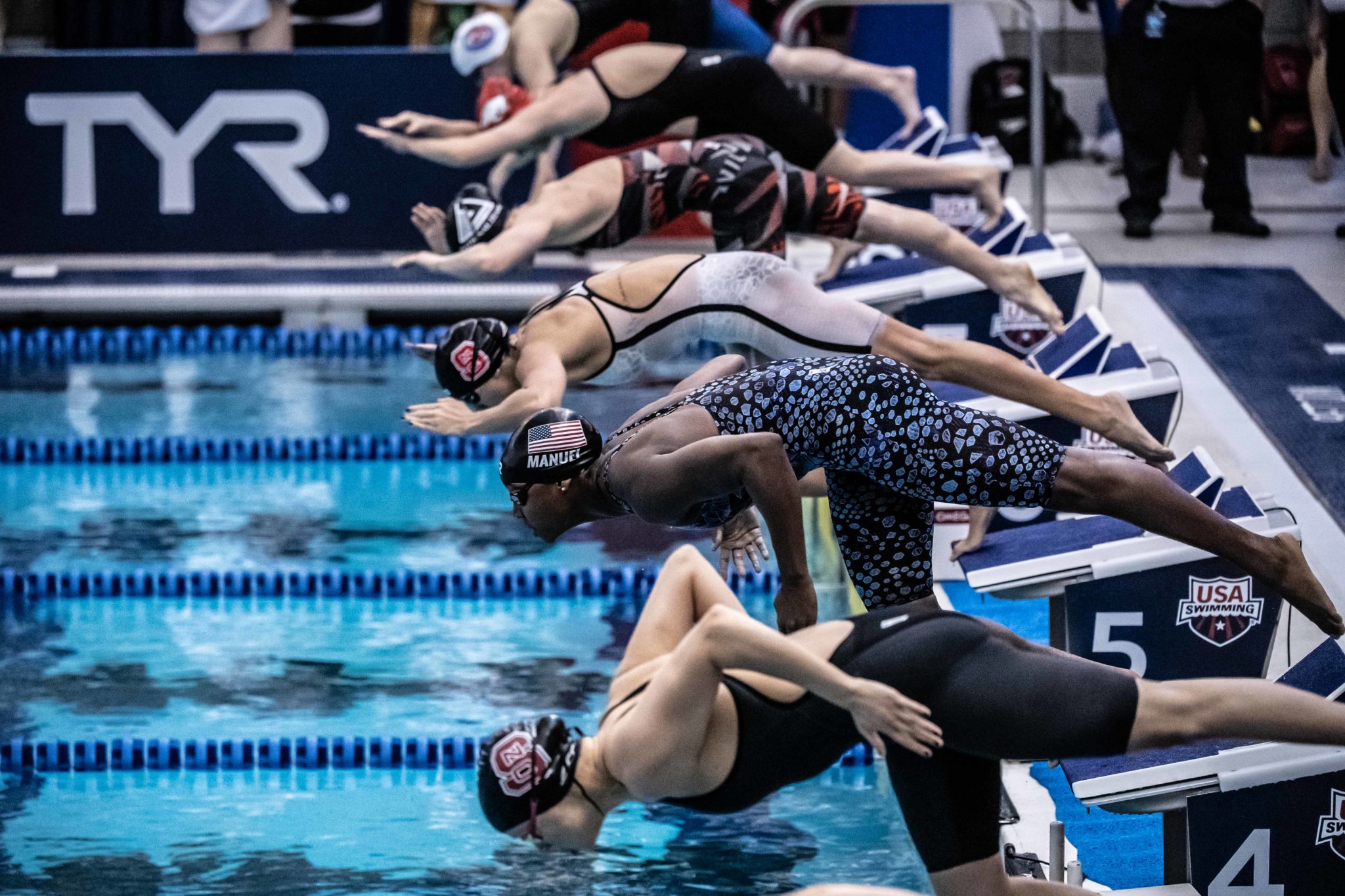Swimming is a low-impact sport that offers numerous benefits for cardiovascular health, muscle strength, and overall fitness. However, like any physical activity, swimmers are susceptible to injuries. Whether you’re a competitive swimmer or a recreational enthusiast, injury prevention should be a priority to ensure long-term enjoyment and performance in the pool. Here are essential tips to help swimmers prevent injuries:

1. Warm-Up and Stretching
Before diving into intensive swimming sessions, warm-up exercises are crucial. Start with light aerobic activities such as jogging or dynamic stretches to increase blood flow to your muscles and prepare them for the upcoming workout. Incorporate dynamic stretches that mimic swimming motions, such as arm circles and leg swings, to improve flexibility and reduce the risk of muscle strains.
2. Focus on Proper Technique
Maintaining correct swimming technique is fundamental to injury prevention. Improper strokes or body positions can lead to overuse injuries in shoulders, elbows, or knees. Work with a qualified coach to refine your strokes and ensure your technique minimizes strain on joints and muscles. Regular video analysis of your swimming form can help identify areas for improvement and reduce the risk of repetitive strain injuries.
3. Gradual Progression
Avoid overtraining by gradually increasing the intensity, duration, and distance of your swimming workouts. Sudden spikes in training volume can strain muscles and tendons, leading to injuries such as tendonitis or muscle pulls. Follow a structured training plan that includes rest days and recovery periods to allow your body to adapt and repair between workouts.
4. Strength and Conditioning
Incorporate strength training exercises into your workout routine to build muscular strength and endurance. Focus on exercises that target muscles used in swimming, such as shoulders, core, and legs. Strengthening these muscle groups can help improve stroke mechanics and stability in the water, reducing the risk of injuries caused by muscular imbalances or fatigue.
5. Cross-Training
Include cross-training activities in your fitness regimen to enhance overall fitness and prevent overuse injuries. Activities such as yoga, Pilates, or cycling can complement swimming by improving flexibility, core strength, and cardiovascular fitness. Cross-training also provides a mental break from repetitive swim workouts while maintaining physical conditioning.
6. Proper Rest and Recovery
Allow adequate time for rest and recovery between training sessions to prevent fatigue and overtraining. Schedule regular rest days to allow your muscles to repair and rebuild after intense workouts. Active recovery techniques such as light swimming, foam rolling, or stretching can help promote circulation, reduce muscle soreness, and improve overall recovery.
7. Nutrition and Hydration
Maintain a balanced diet rich in lean proteins, complex carbohydrates, and essential nutrients to support muscle repair and recovery. Proper hydration is equally important for maintaining optimal performance and reducing the risk of cramping or dehydration-related injuries during workouts. Drink water before, during, and after swimming sessions to stay hydrated and replenish electrolytes lost through sweat.
8. Listen to Your Body
Pay attention to early signs of discomfort or pain during swimming workouts. Ignoring minor aches or strains can lead to more serious injuries over time. If you experience persistent pain or discomfort, consult a sports medicine physician or physical therapist for evaluation and treatment recommendations. Early intervention can prevent injuries from worsening and facilitate a quicker recovery process.
9. Invest in Proper Equipment
Ensure your swim gear, including swimsuits, goggles, and swim caps, fits comfortably and supports your swimming technique. Ill-fitting equipment can contribute to discomfort or injury during workouts. Consider using paddles, fins, or pull buoys under the guidance of a coach to enhance stroke mechanics and reduce strain on muscles.
Conclusion
By incorporating these injury prevention tips into your swimming routine, you can enjoy the benefits of swimming while minimizing the risk of injuries. Remember to prioritize proper warm-up, technique refinement, gradual progression, strength training, and adequate rest and recovery. Listen to your body’s signals and seek professional guidance when needed to maintain a safe and effective swimming regimen for long-term health and performance in the pool.



